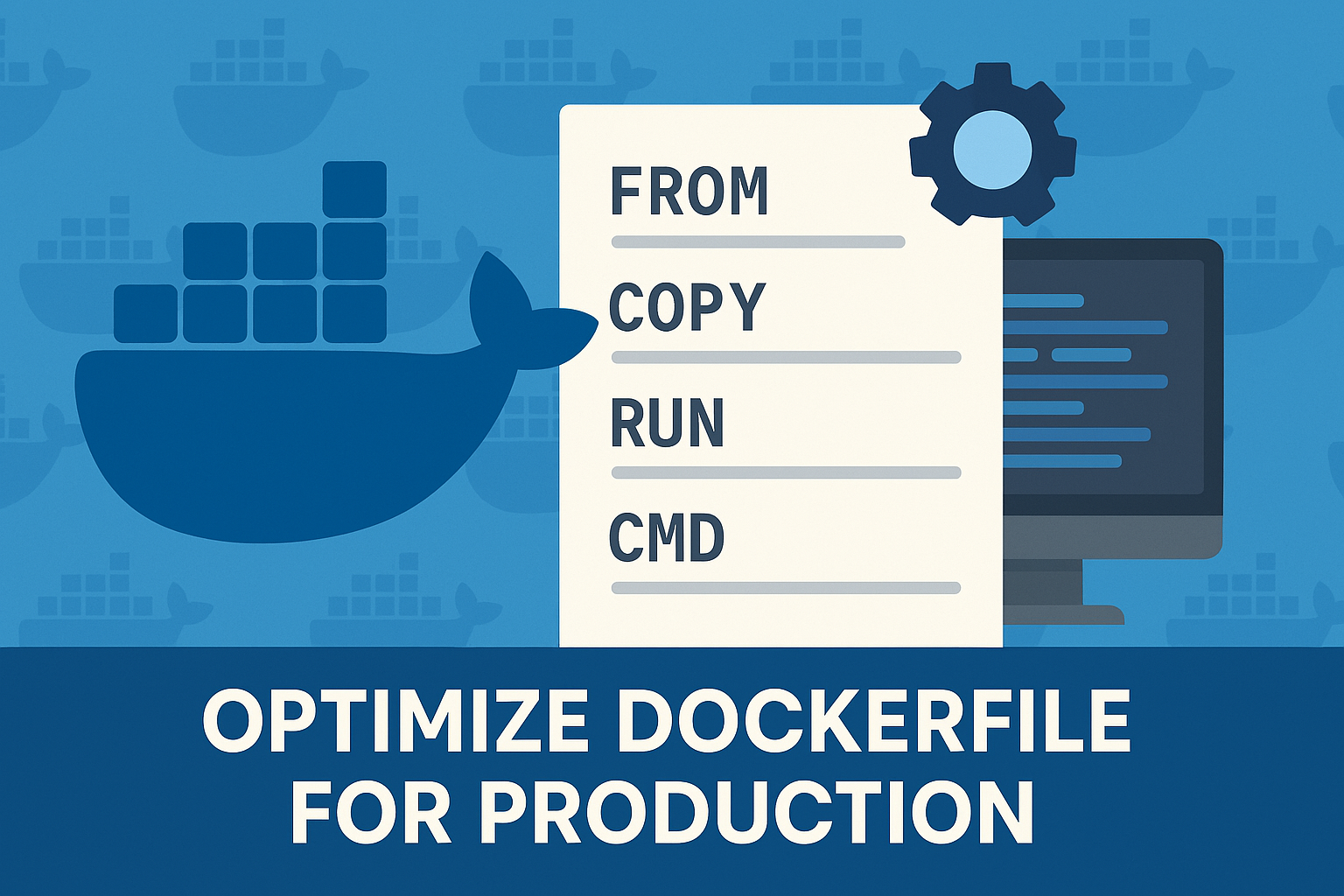In the dynamic world of containerization, Docker has emerged as a pivotal tool for building, deploying, and managing containerized applications. However, the efficiency of Docker is largely dependent on how well resources are managed. Setting appropriate memory and CPU limits is crucial for optimizing Docker performance, ensuring that each container gets the necessary resources without overburdening the host system. This article delves into practical strategies for setting these limits effectively, with examples for both Dockerfile and Docker Compose.
Understanding Resource Constraints in Docker
Docker containers, by default, can use an unlimited amount of the host machine’s resources. This unrestricted access can lead to resource contention, decreased performance, and potential system instability. Setting explicit memory and CPU limits prevents these issues, allowing for better resource allocation and improved overall performance.
Setting Limits with Docker Run
The docker run command is used to run a container from an image. Resource limits can be specified directly in this command, offering a straightforward way to control resource usage for individual containers.
1. Memory Limit Example
To limit the memory for a container at runtime, use the -m or --memory flag:
docker run -m 500m my-image
This command limits the container to 500 MB of memory.
2. CPU Limit Example
To limit CPU usage, the --cpus flag can be used:
docker run --cpus 2 my-image
This sets the container to use a maximum of 2 CPUs.
Setting Limits in Docker Compose
Docker Compose is a tool for defining and running multi-container Docker applications. You can define resource limits in the docker-compose.yml file, which offers more flexibility and readability compared to the Dockerfile.
1. Memory and CPU Limit Example
Create a docker-compose.yml file and define the services with resource constraints as follows:
version: "3"
services:
my-service:
image: my-image
deploy:
resources:
limits:
cpus: '1.5'
memory: 500M
reservations:
cpus: '0.5'
memory: 200M
In this example, my-service is limited to using 1.5 CPUs and 500 MB of memory. The reservations block specifies the minimum resources reserved for this service.
Best Practices for Setting Resource Limits
- Analyze Workload Requirements: Understand the resource needs of your application to set appropriate limits.
- Monitor Container Performance: Regularly monitor the performance to adjust resource limits as needed.
- Avoid Overallocation: Setting limits too high can lead to inefficient resource utilization.
- Balance Between Limits and Reservations: Use reservations for critical services to ensure they receive the minimum required resources.
Conclusion
Effective resource management is key to optimizing Docker performance. By setting memory and CPU limits, either through Dockerfile or Docker Compose, you can ensure efficient and stable operation of your containerized applications. Always remember to tailor these settings to your specific needs and monitor performance to make necessary adjustments. This proactive approach to resource management will lead to a more robust, efficient, and scalable Docker environment.

